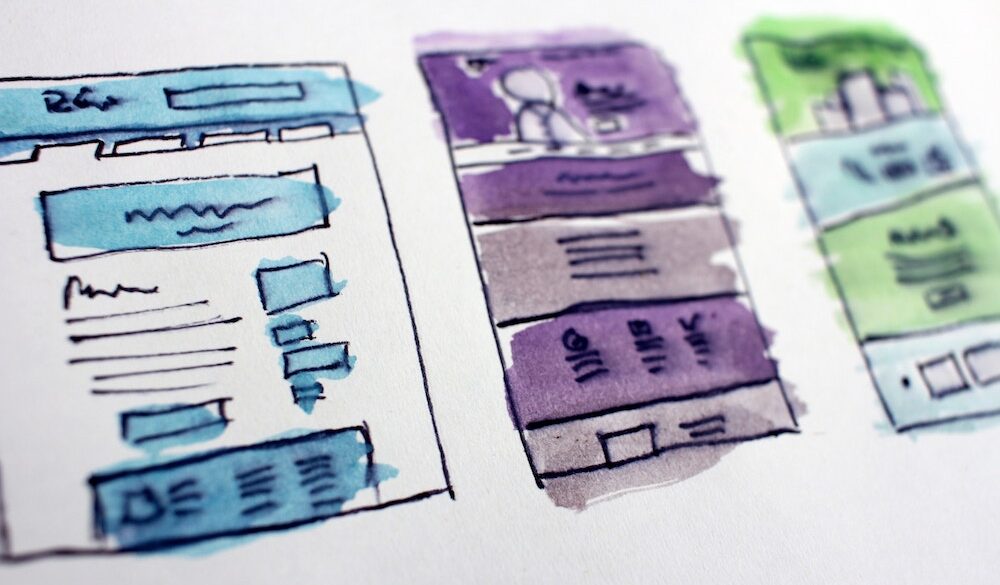This is an exciting time for your pharmaceutical company.
You’ve spent countless hours doing R&D, passed all regulatory requirements, and you’re finally ready to bring a revolutionary new product to market. But whether this is your first launch or your fiftieth one, you know this phase is only the beginning.
An engaging introduction to the market is crucial for your new product’s success. So, how do you effectively engage your audience, increase brand awareness and trust, and ensure your product starts off on the right foot—all at the same time?
You plan a successful product launch event.
In this guide, we’ll explore the ins and outs of planning a memorable pharmaceutical event to launch your next product. Let’s dive in!
What Is Experiential Marketing, and Why Does It Matter?
Whether you’ve gawked at the lineups outside an Apple Store the week after an Apple Event or stumbled upon a unique pop-up during your lunch break, one thing is for certain: experiential marketing is more popular and more effective than ever!
Experiential marketing—sometimes also referred to as event marketing—consists of direct, one-on-one engagement with the consumer in a branded offline or hybrid experience.
At its core, experiential marketing encourages interactivity, engages the consumer’s senses, and helps to promote a positive, humanized brand impression that can be seen, heard, and felt.
Pharmaceutical companies can learn from the success of companies like Apple who use event marketing to generate serious buzz and sell out their new products.
| GET THE HANDBOOK: Not sure how to choose the right event management platform for your needs? Don’t worry, we’ve got you covered. |
Key Considerations for Pharmaceutical Event Planning
The first thing you should consider is the type of event that would ultimately make your launch more successful. The key is to create something that your audience will find engaging, informative, and memorable.
For instance, if your audience is healthcare professionals, you might consider a webinar series to launch your product and provide training. Or if you’re looking to connect with the general public, a virtual press conference with medical experts might work best.
In general, pharmaceutical launch events typically involve a combination of educational presentations, panel discussions with experts, and media engagement to generate awareness and interest in the new product.

4 Top Formats for Your Next Pharmaceutical Event
Next, let’s discuss the best event formats for your next pharma product launch:
1. Keynote Event
Delivering a keynote address at a major conference is a powerful way to launch your latest pharmaceutical product. This format allows you to showcase your latest innovation on a prominent stage, often in front of thousands of healthcare professionals, researchers, and industry leaders!
A compelling keynote typically features a charismatic speaker—such as a renowned expert or company executive—who delivers an engaging presentation that highlights the groundbreaking science, clinical benefits, and patient impact of the new product.
For example, at the 2017 American Academy of Dermatology (AAD) Annual Meeting, Novartis delivered a keynote address to launch their new psoriasis treatment, Cosentyx. The presentation featured impressive efficacy data and patient testimonials, generating buzz and excitement among dermatologists in attendance.
Keynote addresses are ideal for hybrid events, as many are live streamed to reach a global audience. So if you’re looking for a way to elevate your brand and inspire a highly targeted audience of healthcare professionals, a keynote with a strong media focus is ideal.
2. Industry Trade Shows and Conferences
Trade shows and conferences are the perfect place to connect with healthcare professionals, industry experts, and potential partners or investors. These events provide an ideal platform to showcase the latest drugs, therapies, and medical devices your company has to offer.
For example, the American Society of Clinical Oncology (ASCO) Annual Meeting—the world’s largest oncology conference—is a prime venue for pharmaceutical companies to present clinical trial results and introduce new cancer therapies.
Consider setting up exhibits, delivering presentations, and holding press conferences to generate interest in your product among the medical community and media.
Plus, by engaging with healthcare professionals and industry leaders at these events, your company can effectively raise awareness about your new product and establish valuable connections within the industry. It’s a win-win!
3. Virtual Press Conference
When launching a new pharmaceutical product, consider hosting a virtual press conference. Doing so allows you to effectively reach a wide audience of journalists, healthcare professionals, and industry stakeholders.
A well-organized virtual press conference typically includes presentations by company executives, medical experts, and key opinion leaders, followed by a Q&A session.
For example, Biogen held a virtual press conference in June 2020 to announce the FDA approval of their Alzheimer’s drug, Aducanumab. The event included presentations by company executives, medical experts, and patient advocates, discussing the drug’s potential to slow cognitive decline in early-stage Alzheimer’s patients.
Ultimately, virtual press conferences allow your company to deliver a compelling narrative around your new product, generate media coverage, and build excitement among relevant stakeholders—all without breaking the bank.
| LEARN MORE: Healthcare Events: Ideas for Every Size and Type |
4. Webinar Series
Webinars are another powerful format to launch your latest pharmaceutical product. This format allows you to deliver in-depth, informative content that showcases the science behind your new product while providing valuable insights to medical experts.
A well-structured webinar series typically consists of multiple sessions spread over a period of time, each focusing on a specific aspect of the new product, such as its mechanism of action, clinical trial results, and patient management strategies.
Gilead Sciences, for instance, successfully launched its hepatitis C medication, Harvoni, in 2014 through a series of educational webinars. These events highlighted the drug’s high efficacy and convenient single-pill regimen, providing healthcare professionals with the knowledge and confidence to prescribe the new treatment.
By leveraging event management software, a webinar series can help your company educate and engage with healthcare professionals and ultimately drive the adoption of your new product.
| LEARN MORE: Best Practices for Hosting a Webinar Event |
Uncomplicate Your Pharma Event Planning with Event Management Software
Launching a new pharmaceutical product requires careful planning and execution.
By choosing the right event format—whether it’s a keynote address, trade show exhibit, virtual press conference, or webinar series—you can showcase your product’s unique features, share compelling clinical data, and establish your company as a leader in the field.
Need a helping hand with your pharmaceutical event planning? Attendease provides a powerful suite of tools to manage all of your events—large and small—in one place.













